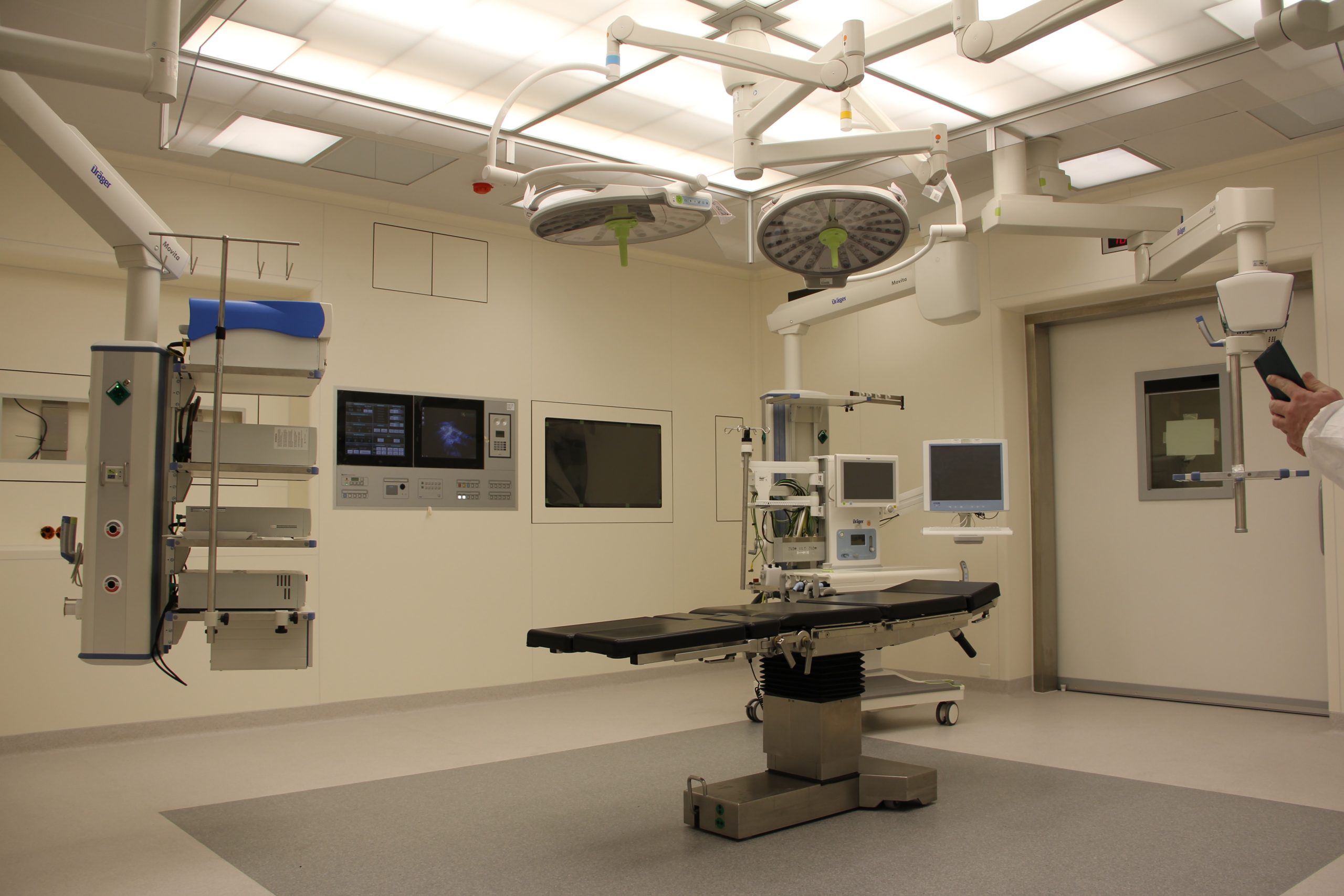Introduction:
Surgery has been revolutionized by technology over the years, and one of the most significant advancements is the use of robots in the operating room. Robots have brought precision, speed, and accuracy to surgeries, making them safer and more effective. This article explores the advancements and benefits of using robots in the operating room and their impact on the future of surgery.
Advancements:
Robotic surgery has come a long way since the first robotic surgery was performed in 1985. Back then, robots were only used in a limited number of surgical procedures, and the technology was not as advanced as it is today. However, with advancements in technology, robots can now be used in a wide range of surgical procedures, including gynecological, urological, and gastrointestinal surgeries. Some of the key advancements in robotic surgery include:
- Smaller Incisions: One of the significant benefits of robotic surgery is that it allows for smaller incisions than traditional surgery, resulting in less scarring and a faster recovery time.
- Improved Precision: The use of robots in surgery allows for greater precision in delicate surgeries, such as brain and spinal surgeries, resulting in fewer complications and better outcomes.
- Enhanced Visualization: The use of robots provides surgeons with better visualization during surgery, thanks to high-definition cameras and magnification, enabling them to see more clearly and operate with greater accuracy.
Benefits:
The benefits of robotic surgery are many and varied, and they extend to both the surgeon and the patient. Some of the key benefits of robotic surgery include:
- Reduced Pain: The smaller incisions made during robotic surgery mean less pain and discomfort for the patient.
- Faster Recovery: Patients who undergo robotic surgery typically have a faster recovery time than those who undergo traditional surgery, allowing them to return to their normal activities sooner.
- Lower Risk of Infection: The use of robots in surgery reduces the risk of infection because it is a less invasive procedure.
- Improved Outcomes: Robotic surgery provides surgeons with greater precision, resulting in fewer complications and better outcomes for the patient.
Conclusion:
Robotic surgery is a significant advancement in the field of surgery, and it has revolutionized the way surgeries are performed. With the benefits of reduced pain, faster recovery, and improved outcomes, it is no wonder that more and more surgeries are being performed using robots. As technology continues to advance, we can expect to see even more benefits from the use of robots in the operating room, making surgery safer and more effective than ever before.










